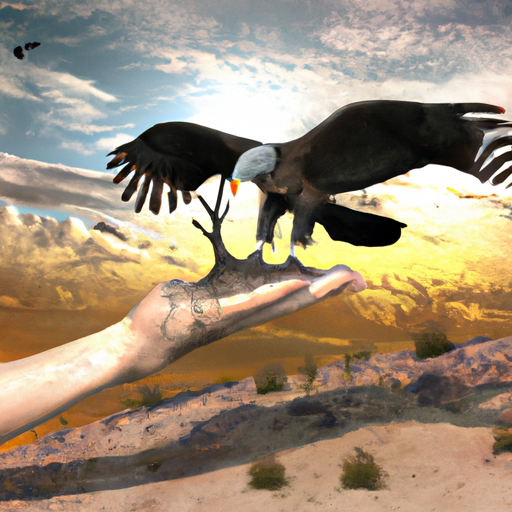 Introduction:
Introduction:
In recent decades, the world has witnessed a distressing surge in the extinction of various animal species. This disheartening trend has raised concerns among scientists, conservationists, and the general public alike. While natural extinction is an intrinsic part of the Earth’s evolutionary process, the current rate of animal extinction is alarmingly high, primarily due to human activities. This article aims to provide an extensive exploration of the multifaceted reasons behind the decline of animal populations worldwide.
1. Habitat Destruction:
One of the leading causes of animal extinction is habitat destruction, resulting from deforestation, urbanization, and agricultural expansion. As human populations grow, the demand for land and resources increases, leading to the destruction and fragmentation of ecosystems. This loss of habitat disrupts the delicate balance of nature, forcing countless animals to struggle for survival or face extinction.
2. Climate Change:
The escalating issue of climate change has far-reaching consequences for animal populations. Rising temperatures, extreme weather events, and altered rainfall patterns disrupt ecosystems, making it difficult for many species to adapt to rapidly changing conditions. This, in turn, leads to reduced food availability, unbalanced predator-prey relationships, and increased vulnerability to diseases, further pushing animals towards extinction.
3. Pollution and Contamination:
Industrial activities and improper waste disposal result in the release of harmful pollutants into the environment. Pesticides, heavy metals, toxic chemicals, and plastic waste contaminate ecosystems, poisoning animals and their habitats. Wildlife exposed to these pollutants experience reproductive problems, weakened immune systems, and overall reduced fitness, ultimately contributing to their decline.
4. Overexploitation:
The unsustainable exploitation of animals for various purposes, such as hunting, fishing, and illegal wildlife trade, is a significant factor in their extinction. Poaching for trophies, traditional medicine, or exotic pets threatens numerous species, pushing them to the brink of extinction. Overfishing depletes marine resources, disrupting marine ecosystems and endangering several aquatic species.
5. Invasive Species:
The introduction of non-native species into new habitats disrupts the delicate balance of ecosystems. Invasive species often outcompete native species for resources, prey on local fauna, or spread diseases, leading to population declines and potential extinctions. The eradication of invasive species can be challenging, exacerbating the threat to native wildlife.
6. Disease and Epidemics:
Animal populations face an increasing risk of diseases and epidemics due to various factors, including habitat destruction, climate change, and human encroachment. Pathogens can jump from domesticated animals to wildlife, causing devastating outbreaks that decimate vulnerable species. Additionally, habitat fragmentation can lead to increased contact between humans, domestic animals, and wildlife, facilitating the spread of zoonotic diseases.
7. Lack of Conservation Efforts:
Insufficient conservation measures and inadequate protection of wildlife contribute to the rapid decline of animal populations. Weak enforcement of laws, corruption, and insufficient funding hinder the preservation of critical habitats and the implementation of effective conservation strategies. This lack of action exacerbates the threats faced by endangered species, making their extinction more likely.
Conclusion:
The extinction of animals is a global crisis that demands immediate attention and concerted efforts from governments, communities, and individuals. By understanding the complex factors driving animal extinction, we can work towards implementing sustainable practices, promoting conservation, and advocating for stronger environmental policies. It is crucial to raise awareness, invest in research, and foster international cooperation to protect and restore our planet’s biodiversity, ensuring a harmonious future for both humans and animals.
